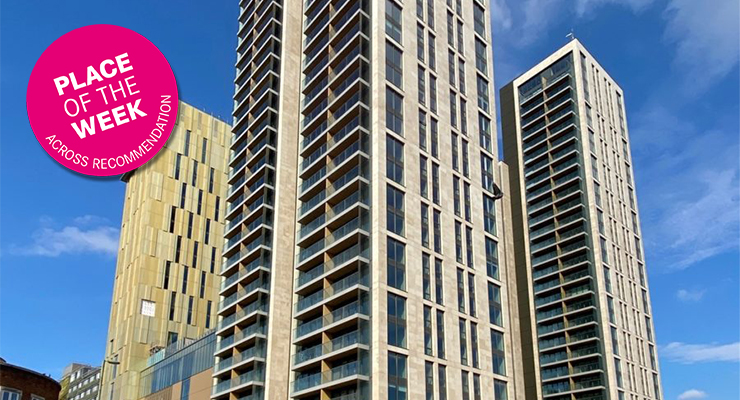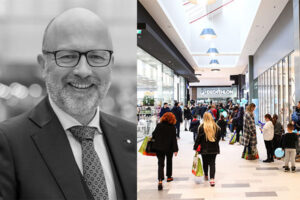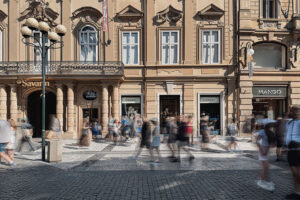A joint venture between the Woking Borough Council and Moyallen, with Benoy as the design consultant, this extensive intervention comprises a town center masterplan and phased redevelopment scheme. Benoy’s work includes a retail podium that supports two residential towers, 29 and 33 stories high, which will provide a combined total of 429 one and two-bedroom apartments for the build-to-rent market.
Meanwhile, a third 22-story tower will accommodate an international four-star hotel. Encompassing an area of approximately 76,000 sq m, Victoria Square will also be home to a new flagship M&S store, which is a significant achievement in today’s retail market. In addition, positive ground scaping and greenspace are key elements of the regeneration scheme, with the Benoy team enhancing the public space in and around Victoria Square.
All three towers will provide access to rooftop gardens and amenity areas, while a new public realm will be applied to all pedestrian routes into nearby Jubilee Square. The regeneration of Woking is all about improving local infrastructure as well as the public realm to create a vibrant town center in which people want to be.
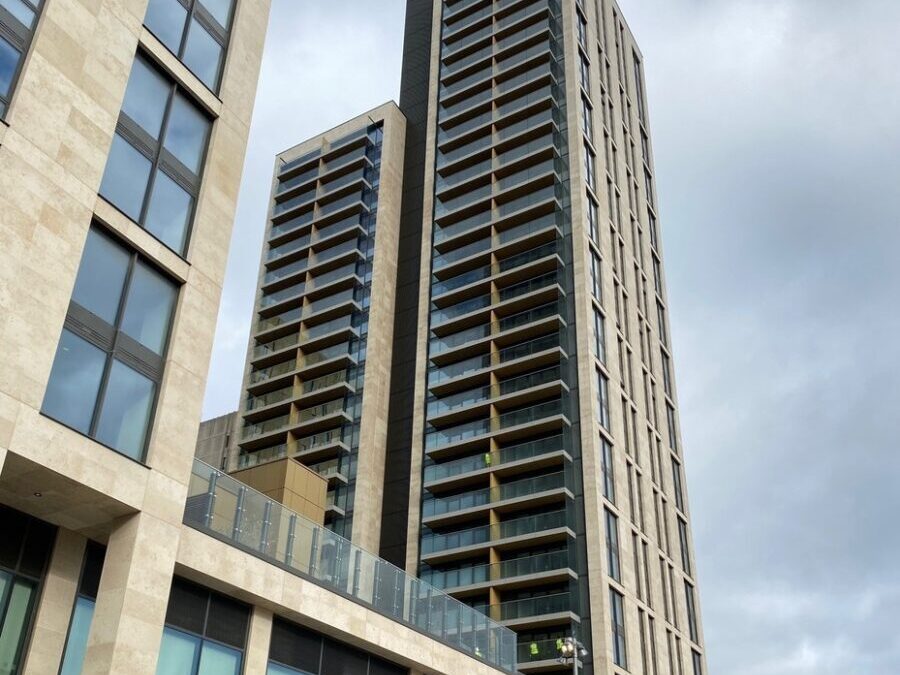
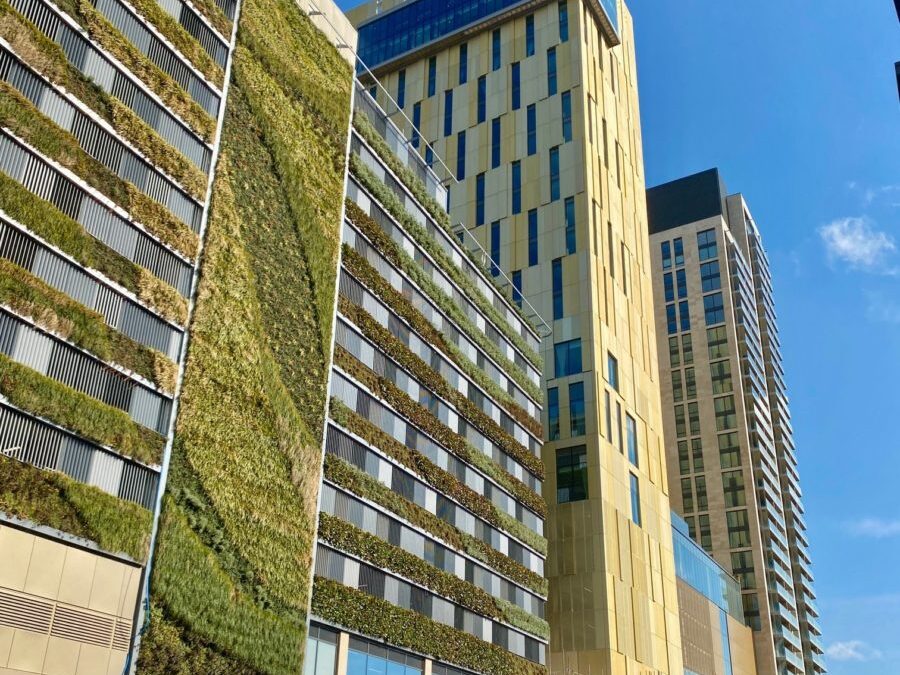
With commercial environments providing one of the key opportunities for social interaction, architects and developers are recognizing the need for developments to be places that people actively desire to visit and spend time in, which, in turn, provides a commercial opportunity, rather than the commercial offer being the main driver of footfall.
For cities, in particular, a major benefit of a mixed-use development is that it enhances the sustainability and resilience of urban areas. As working from home has become increasingly accepted, which has resulted in a decline in economic activity in city centers, mixed-use developments offer ways to keep cities active and vibrant, even with home office policies in place. They provide a variety of uses in a single development, including residential, commercial, and retail, and can attract people to an area throughout the day, not just during traditional working hours. By bringing different types of space together, mixed-use developments can also reduce the need for long-distance commuting and the associated carbon emissions.
“A mix of uses that surround a retail core is an attractive proposition, as is the “15-minute city”, which is often talked about”, explains Rob Bentley, Director at Benoy. “City and town center sites have the potential to bring back central living as well as other uses, whether vertically or horizontally mixed. The residential and complimentary uses then create an immediate audience for shops and F&B, strengthening footfall and ownership and providing activation throughout the day and evening. It is a difficult challenge for a retail developer to suddenly move into residential. In order to deliver that magic 18-hour economy, a mix of uses is required, whether via a vertical or horizontal stack.”
